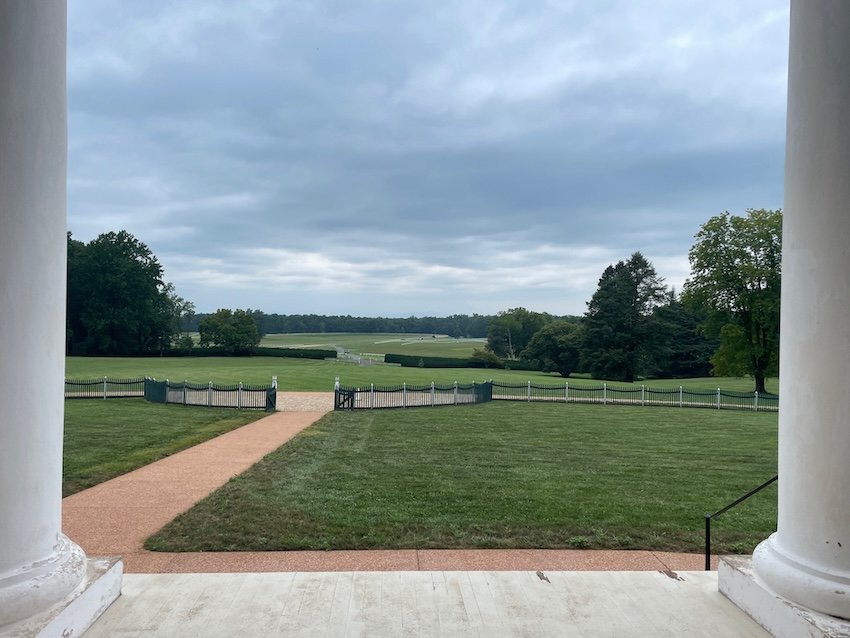The du Ponts and Old-Growth Forests
by Brian Kane, Mid-Atlantic Regional Manager
Who knew that old-growth forests intersect with the industrialist duPont family of gunpowder and chemical fame?
OGFN has two forests in the Network on former du Pont homesteads that were managed by the du Ponts over several centuries, one at the home of a United States President!
In April, OGFN welcomed five old-growth forest areas at Winterthur Estate in Delaware into the Network. The forests at Winterthur are the oldest trees on the massive family estate that was established by the du Ponts in 1839, and then home to successive generations of the family until 1969. Henry Francis du Pont, who lived on the estate for a good part of the twentieth century, is largely responsible for the design of the estate and gardens.
Brown’s Woods tulip poplars
Hikers in the five distinct woodland areas will encounter white oak, red oak, American beech, tulip poplar, black gum, and flowering dogwood among other species. A William Penn tulip poplar, likely close to 400 years old, grows in Chandler’s Woods.. Most of the trees in the designated old-growth area date between 100 and 300 years of age in Browns Woods (17 acres), Chandler Farm Woods (53 acres), Old Quarry Woods (44 acres), Duck Ponds Woods, (46 acres) and Negandank Woods (12 acres). The forest is closely monitored by the natural lands staff on the property, who managed the 1000-acre estate.
Brown’s Woods
While Winterthur is largely visited for its museum and designed gardens close to the mansion and museum, its mature forest stands lie just beyond the main visitor attractions and host abundant wildlife, rich understory, and spring ephemerals. Trails in each of the stands allow visitors to move among these ancient trees and admire their stature and longevity.
Landmark Forest at Montpelier
About 200 miles to the southwest, in 1900 William duPont, Sr, a grandson of E.I. DuPont purchased Montpelier, the former plantation of United States president James Madison. Madison set aside several hundred acres of very mature trees in close proximity to his family residence. The du Ponts transformed the massive 2,650-acre estate into an upscale horse farm where the steeplechase is still run today. Dozens of additional buildings were added to the estate, many associated with the equestrian operations of the du Pont family. The family also expanded the mansion by adding 104 rooms in two wings, which have now been removed.
When William du Pont and his descendants lived on the property, the old-growth forest continued to flourish behind the mansion. This National Natural Landmark Forest of 197 acres is protected in perpetuity by this status. The du Ponts bequeathed the estate to the National Trust for Historic Preservation in 1993 and today it is open to the public as are its expansive grounds with over 8 miles of trails. Trails through the old-growth forest allow visitors to walk beneath the broad-canopied ancient trees, many of which have been growing at Montpelier estate for over four centuries. Towering tulip trees, huge oaks and ancient hickory cast dense shade.
View to Blue Ridge from the front porch at Montpelier
The author had the distinct honor of living at the property for several months after it opened to the public and he studied Montpelier’s landscape and designed a cultural landscape walking trail system through the grounds. Today he still enjoys visiting and walking Montpelier’s trails including those that run through the Landmark Forest where deep shade and ancient trees evoke the presence of the many lives that lived there over time.




